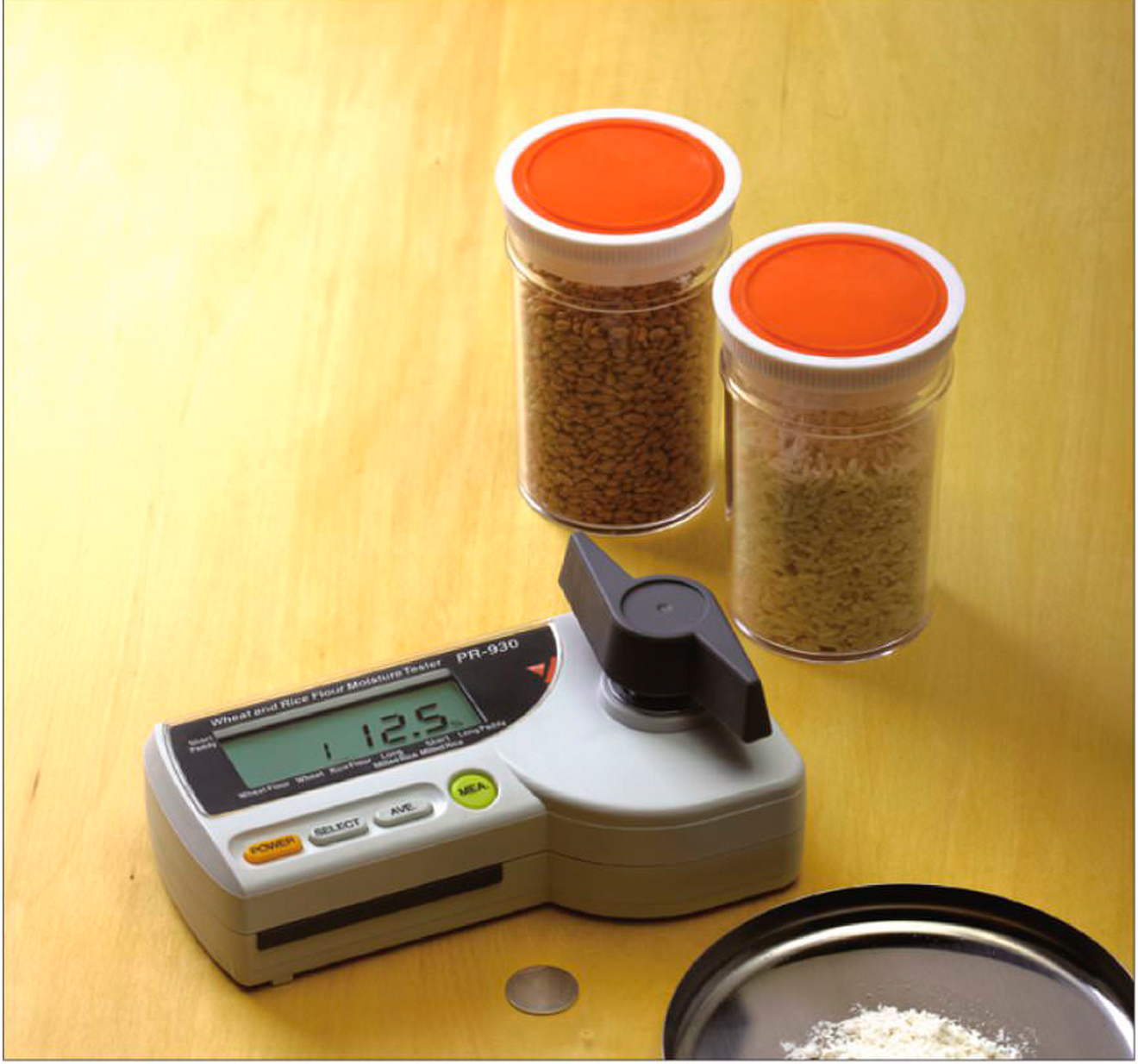Moisture Meter Purchasing Overview: What to Try to find in High-Quality Instruments
Moisture Meter Purchasing Overview: What to Try to find in High-Quality Instruments
Blog Article
Explore the Globe of Moisture Meters: Everything You Need to Know
In the world of moisture meters lies a world of accuracy and usefulness that typically goes undetected. These devices, while seemingly uncomplicated, hold a wealth of information that can substantially influence various industries and applications. Comprehending just how moisture meters run, the different types offered, and their varied usages can lose light on their importance in making sure top quality and performance. By exploring the complexities of wetness meters, one can discover a useful device that goes beyond plain dimension, supplying understandings that can make a significant distinction in numerous areas.
How Moisture Meters Work
Moisture meters run by determining the electric conductivity or capacitance of materials to identify the moisture material present. These meters are important tools across various sectors, consisting of building, woodworking, and farming. By utilizing various methods such as pinless or pin-type innovation, moisture meters supply accurate analyses that assist specialists make notified choices.
Pin-type wetness meters function by placing the sharp pins right into the material being examined. The electrical conductivity in between the pins is then gauged, with higher wetness degrees causing increased conductivity. Moisture Meter. On the various other hand, pinless dampness meters utilize electro-magnetic signals to scan a larger location without causing any type of damages to the material's surface area. These meters are ideal for swiftly assessing wetness degrees in huge areas or completed items.
Despite the method utilized, wetness meters play an essential function in protecting against issues such as mold growth, structural damage, or product flaws brought on by excess dampness. Understanding how these meters work is vital for making sure the top quality and honesty of products in numerous applications.
Sorts Of Moisture Meters
Offered the critical role moisture meters play in various industries, it is necessary to understand the various kinds readily available to specialists for precisely examining wetness levels - Moisture Meter. There are mainly two main kinds of moisture meters: pin-type and pinless moisture meters

On the other hand, pinless wetness meters use electromagnetic sensing unit plates to scan a larger location of the product without triggering any kind of damage. This type appropriates for rapidly scanning big locations and is typically utilized for floor covering, walls, and ceilings. Pinless meters are practical for taking analyses on completed surfaces without leaving any type of noticeable marks.
Both sorts of moisture meters have their advantages and are selected based upon the details requirements of the task handy. Recognizing the differences between these types is vital for specialists to make accurate moisture evaluations.
Applications Across Industries
Construction specialists rely on wetness description meters to analyze the moisture levels in building products like timber, concrete, and drywall, which is critical for maintaining structural stability and stopping concerns like rot or mold and mildew. The flooring industry utilizes wetness meters to determine the wetness web content in subfloors prior to mounting numerous flooring treatments, preventing costly damages due to excess moisture. In the food industry, moisture meters are used to monitor and control moisture levels in products such as grains, nuts, and dried out fruits to keep quality and top quality.
Tips for Making Use Of Dampness Meters
Make use of the dampness meter's calibration setups to ensure accurate readings when measuring the moisture material in various materials. Calibration is vital for the correct performance of a wetness meter. Before each use, it is recommended to inspect and change the calibration setups according to the details material being checked. In addition, make certain the meter is readied to the right wetness range for the product you are determining to acquire the most precise outcomes.
When making use of a pin-type wetness meter, put the pins to the proper depth suggested for the product being checked. This ensures that the wetness readings are drawn from the proper depth within the product, providing a much more accurate representation of its wetness content. For pinless wetness meters, remember to preserve correct contact with the material's surface area to obtain dependable readings.
Consistently examine and change the batteries in your dampness meter to protect against imprecise analyses as a result of reduced power. Store the meter in a risk-free and dry area when not being used to extend its life expectancy and maintain its accuracy. By adhering to these ideas, you can maximize the efficiency of your wetness meter and obtain specific wetness content dimensions throughout different products.
Maintenance and Calibration
To ensure the accuracy of dampness web content measurements, routine upkeep and calibration of the their explanation moisture meter are vital actions in its correct functioning. Calibration changes the dampness meter to make certain that it offers dependable and constant outcomes.
Calibration should be performed occasionally, specifically if the dampness meter is made use of often or in vital applications where exact dimensions are needed. By maintaining and calibrating the More Help dampness meter routinely, users can rely on the precision of the moisture content dimensions acquired.
Final Thought

To conclude, dampness meters play an important duty in different industries by properly measuring the moisture material of materials. Understanding just how these gadgets work, the different types readily available, and correct upkeep and calibration are important for acquiring reputable outcomes. Whether in farming, building and construction, or production, making use of dampness meters helps guarantee high quality control and performance in procedures.

In final thought, dampness meters play a crucial duty in different sectors by properly determining the dampness material of materials.
Report this page